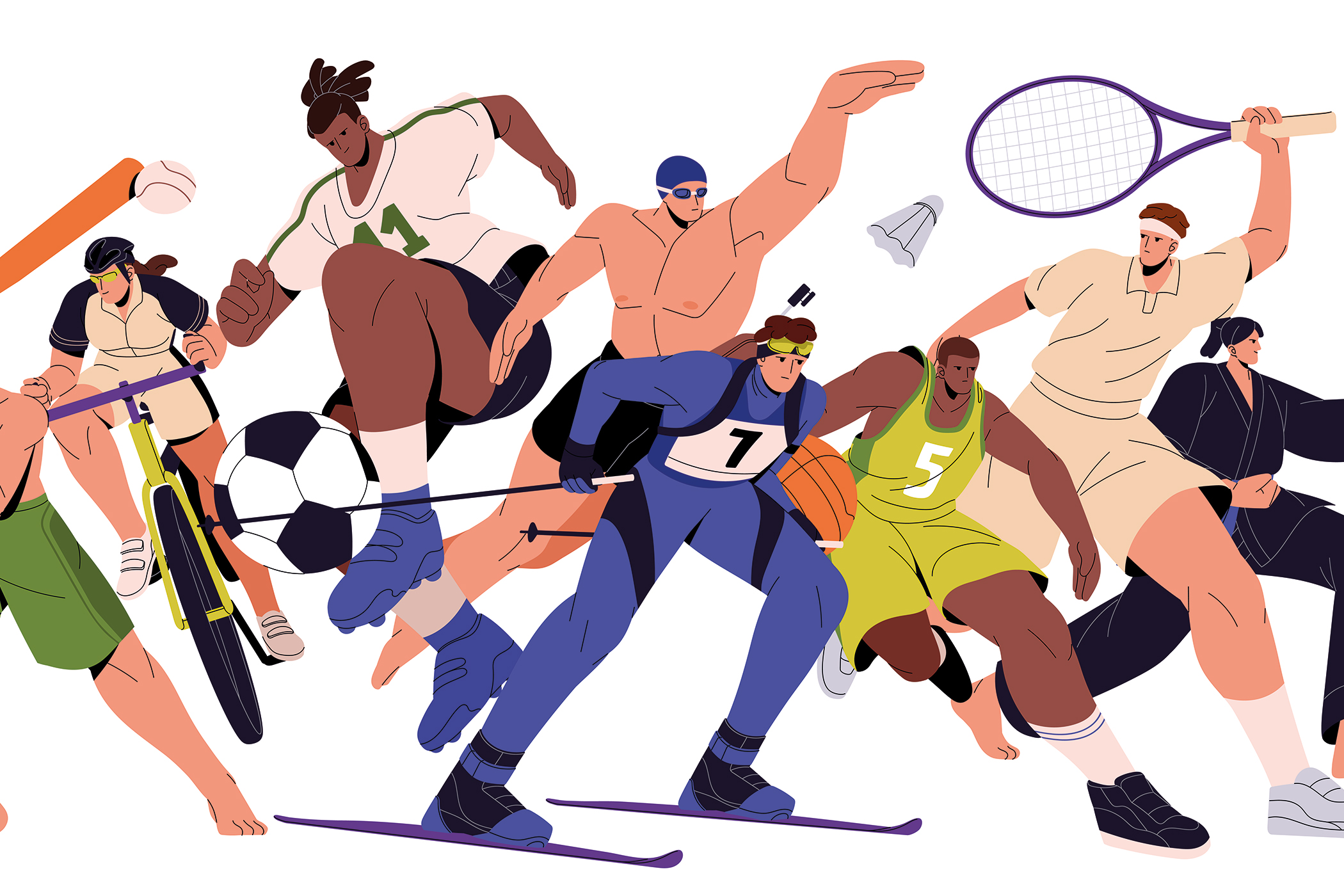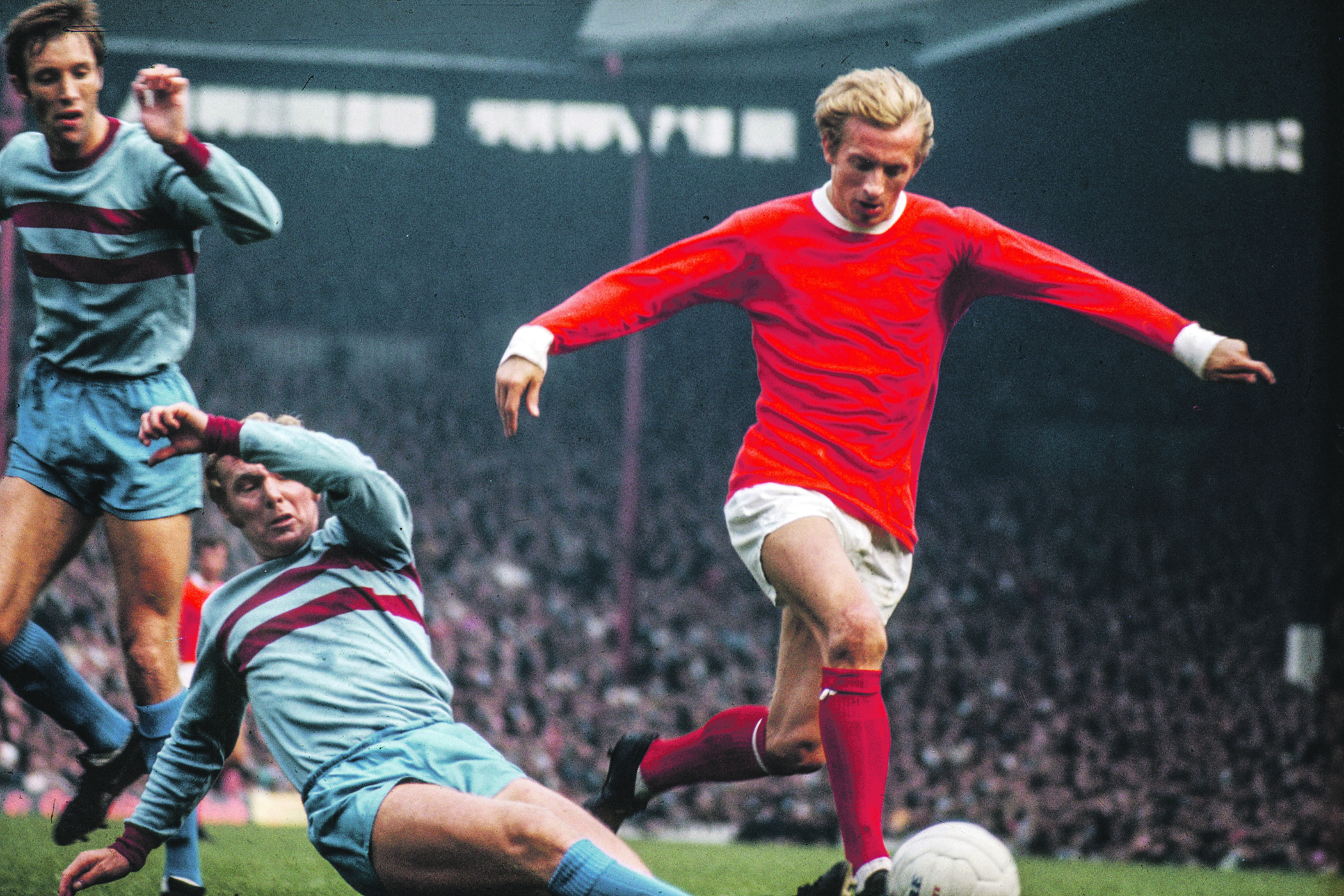In the sixth century, Irish and Scottish monks most likely came to the Faroe Islands. They sought isolation. To pray, fast, and meditate. They went away from people, away from worldly disturbance, away from temptation. They went to the Faroe Islands to be closer to God, to the simple life.
A few hundred years later, Norwegian Vikings arrived, bringing Scottish and Irish women with them on their journey.
The men were tough and stubborn. The women were sharp and hardworking. The Vikings expelled the monks and took over the islands, and with this settlement began the long and difficult road towards the society we know today.
Through the centuries, the Faroese have fought against the elements – wind, rain, storms, tempests – against the odds, against common sense. For the Faroe Islands are not the most obvious place to build a society. Out in the North Atlantic, remote, small, harsh, unforgiving. People struggled to survive – and to live. Many were lost at sea, in the mountains, on the farms, in childbirth. Hunger and hardship threatened.
Life was hard. But did they give up? No. Did they flee? No. Did they persevere? Yes. Did they fight for a better life? Yes.
Related articles:
Everything was built on cooperation and solidarity – between people, in families, in villages, across the entire country.
Much of what people through the ages have accomplished in the Faroe Islands has been despite the circumstances. Despite being small and few, despite being remote and isolated, despite battling weather and nature.
In spite of everything, we managed to build one of the best societies in the world. Safe, prosperous, united. Rooted in ancient traditions – in nature, the sea, the grazing lands, and the animal life. But developed through ambition, ideas, technology and knowledge.
We are stubborn and persistent. We do not give up. We fight against the wind; we succeed against the odds. We know it can be done. We know it must be done.
It is about existence, about life, about family, about our people and our land. The will to survive – and to live – despite difficult circumstances and adversity lies in our genes, in our culture, in our heritage. Just listen to the ballads, the songs, the stories, the music.
We have it in our blood, in our minds, in our hearts. We will. We can. We shall. We must.
Sometimes people say that we Faroese should be realistic about our size – we have a population of 55,000 – and our possibilities. We are so few and small, and we are so limited.
But if we ourselves had thought like that, we would never have had the strong society we have here in the Atlantic. We would not have our language, our culture, our land. We would not achieve at the level we do in business, education, culture, music, art and sport.
If we were as we perhaps “ought” to be, we would not challenge the world’s elite in sport. But we are not as we “ought” to be. We are Faroese. Shaped by the wind. Beaten by the storms. Softened by the rain. We do not back down from great challenges or adversity. And we can do so much more than others – and perhaps sometimes we ourselves – believe. We will. We can. We shall. We must.
The current coaching staff’s vision with the Faroe Islands national football team has been to find the innermost core of the Faroese spirit. To go back to the roots, back to what defines us as a people and as a nation. Stubbornness, will, struggle, hope, togetherness.
We must have a clear connection between who we are and what we do. So how do we play football when we play as we truly are? First and foremost – we do everything together. We win and lose together, we play and fight together. We give everything, every time, always, everywhere. We defend with everything we have – with body, mind, and heart. No matter how the game goes.
We attack when the chance is there – we strike with energy, speed and courage. Straight at the opponent’s weak point. Straight at the goal.
We fight and persevere all the way. From start to finish. In every single match. Despite the circumstances.
The hallmark of our ancient Faroese chain dance is that we take two steps forward, one step back; two steps forward, one step back. We know that life can be like that too. When things go well and we have momentum, we try to reach as far as possible. When things go against us and we are met with disappointments, we know that we can turn things around and find progress again.
We lose today, we win tomorrow. We defend today, we attack tomorrow. In wind and rain. And when the opponents lose heart on a stormy October night in Tórshavn, we rise like never before, deliver our best performance ever – and beat Montenegro 4-0.
Against the wind. Against the rain. Against the odds.
Six things to know about the Faroe Islands
1. The Faroe Islands sit third in World Cup qualifying Group L. Their final group match – away to table-toppers Croatia – is next Friday, 7:45pm (UK time). If they win, they need Gibraltar to prevent a Czech Republic victory the following Monday in order to make the World Cup qualifying play-offs.
2. The Faroe Islands are an archipelago of 18 islands that were shaped by volcanic activity and the glaciers of the ice age. Seventeen of the islands are inhabited. It is a self-governing part of Denmark.
3. Almost half of the country’s 55,000 population live in and around the capital – Tórshavn – a city which has only nine traffic lights.
4. The name of the islands, Føroyar, means “Sheep Islands”.
5. The highest temperature ever recorded there is 26c and the lowest temperature ever recorded was -11c.
6. Faroe fish products constitute 90-95% of the islands’ exports, particularly Atlantic salmon.
Photograph by Gianfranco Vivi/Shutterstock


